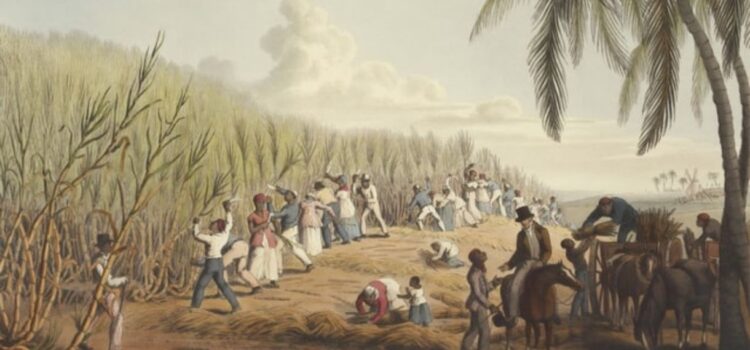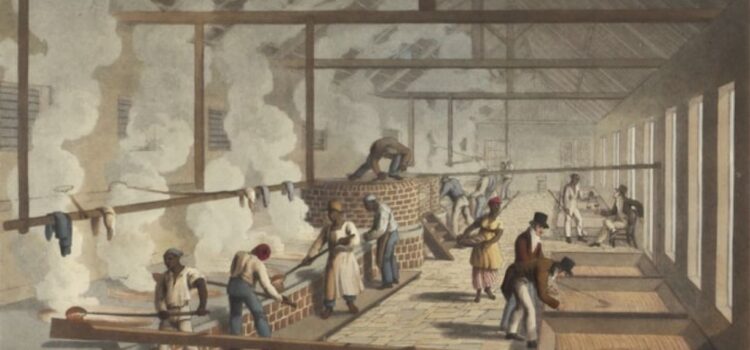What is the connection between race and socioeconomic status? What is the history behind this relationship? Race and socioeconomic status are intimately intertwined. To disentangle the relationship, we must go back to the era of Reconstruction. Read about the connection between race and socioeconomic status.
Race and Socioeconomic Status: How It All Started










